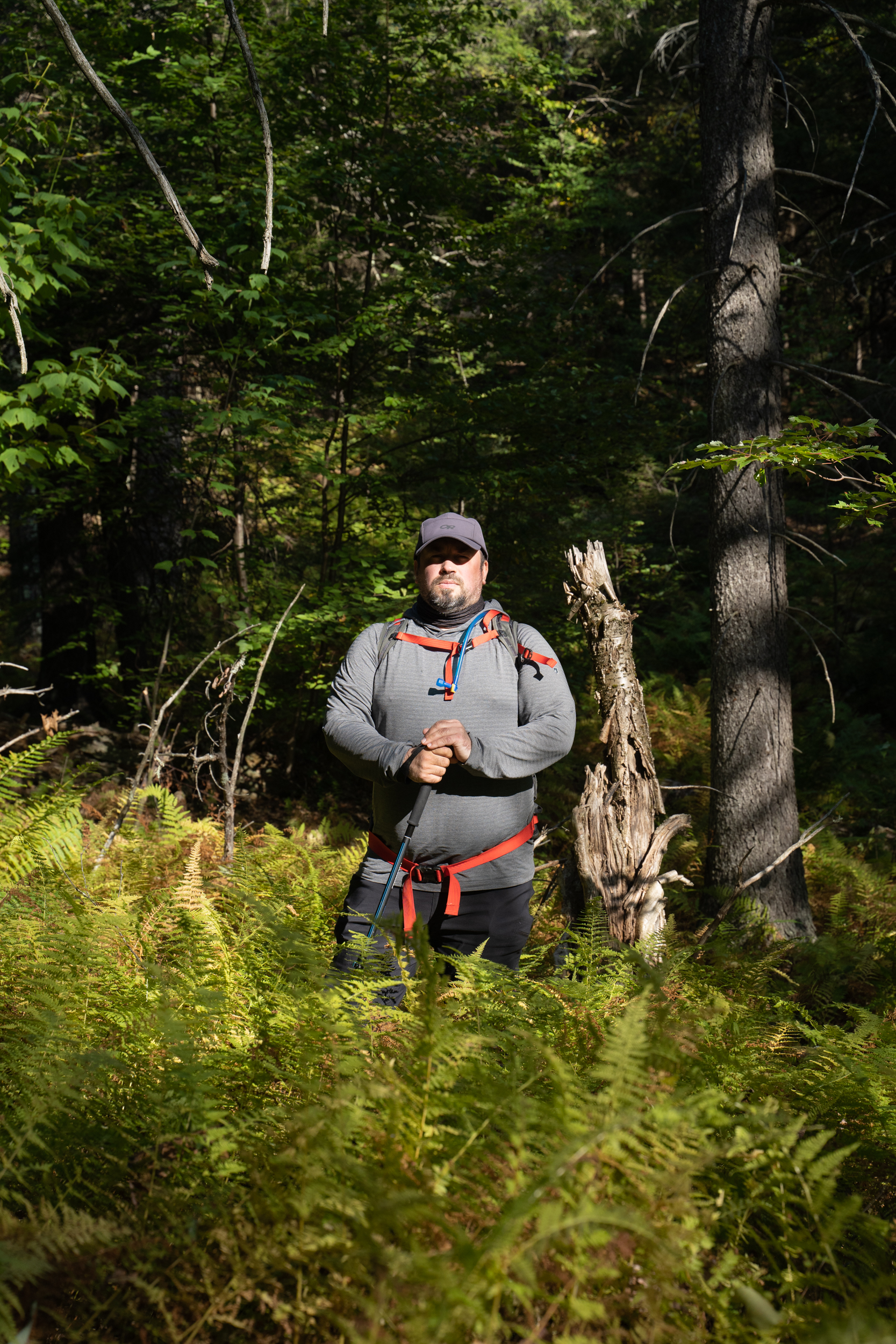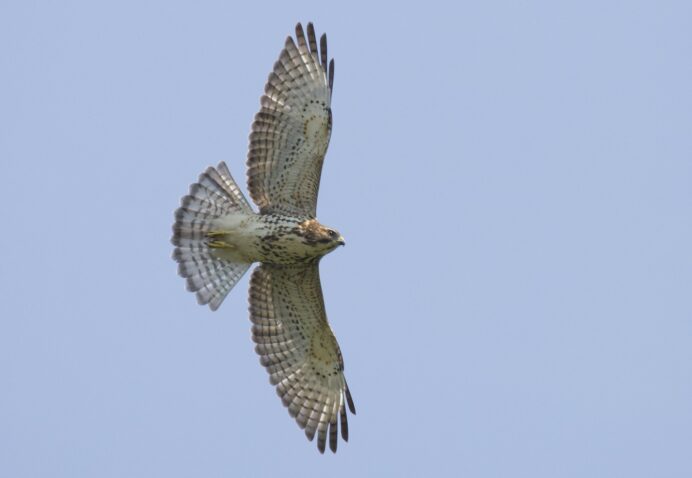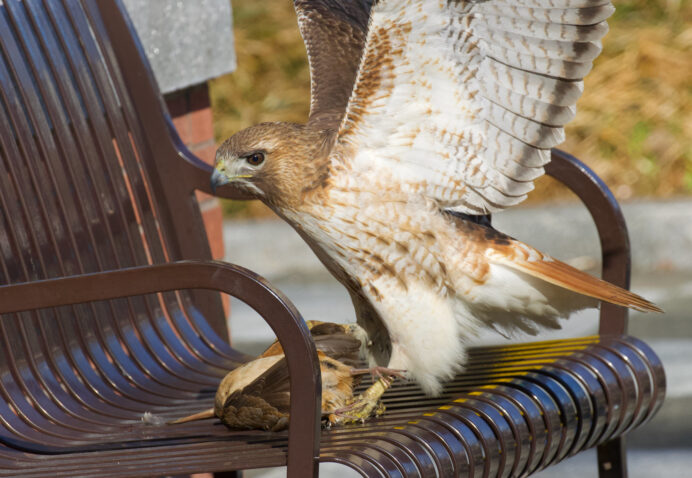In September 2020, I had the privilege of working with documentary photographer Billy Hickey as he completed a workshop project for the prestigious Eddie Adams Workshop. With a wide-open theme of “Hope in 2020”, Billy found interest in my annual hawkwatch pilgrimage up to Mt. Watatic to seek out migrant raptors. Over the course of my time hawkwatching this September, Billy was a dedicated observer and regular fixture – spending way more time looking for hawks and learning their ways with me than working on his own project. He started by sorting vultures from ravens, and in no time at all, he was spotting huge kettles of Broad-wings from miles away! It was an awesome experience being the subject for a change! Ultimately the workshop is all about the work, so I’m sharing a few of my favorite shots of Billy’s work that help tell the story of the whole hawkwatching experience. All of the following text is authored by Billy. All of the following photos are by Billy.
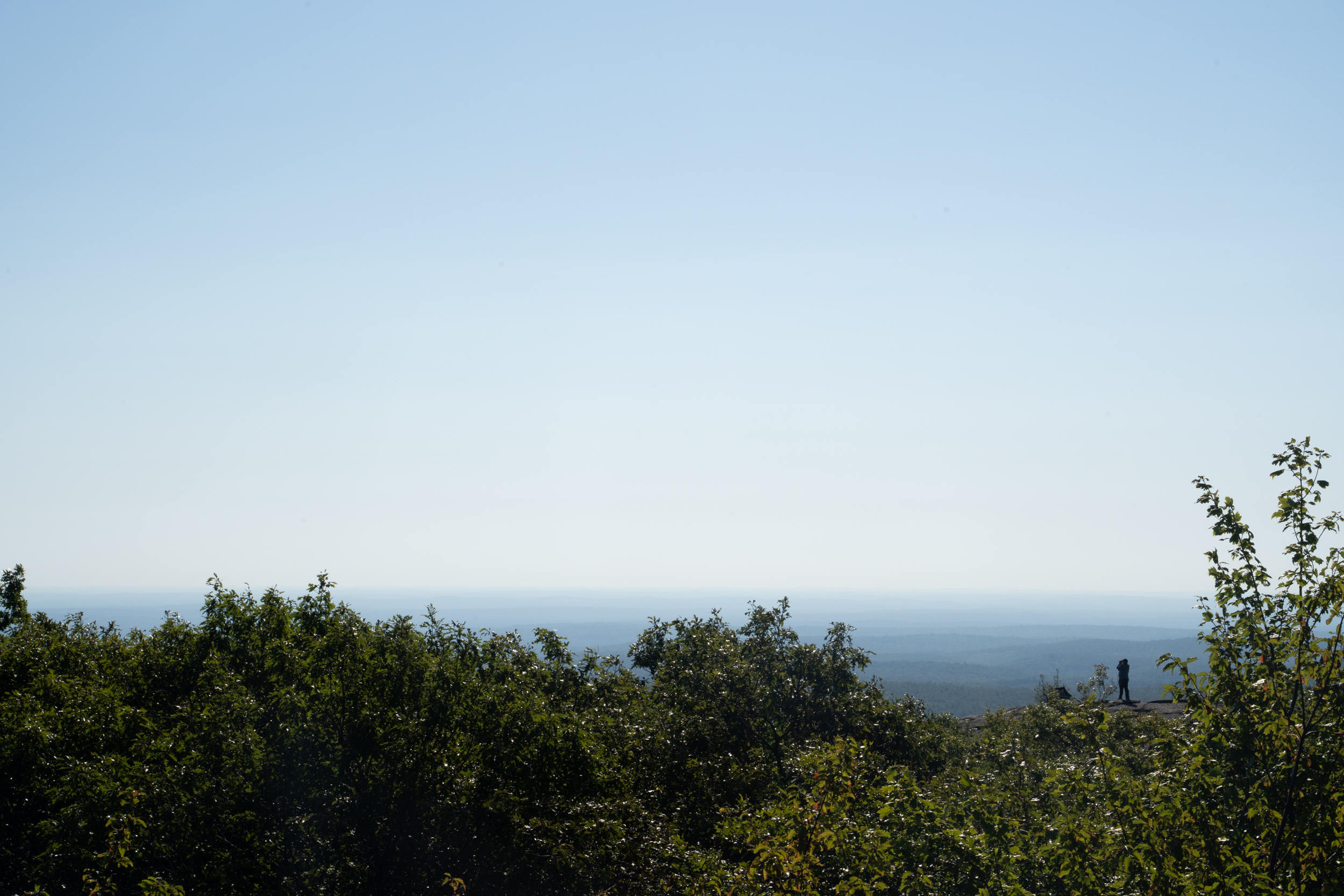
You will rarely meet someone who looks up quite as much as Brian Rusnica. A graphic designer and senior project manager from Cambridge, Massachusetts, a city just outside Boston, Brian spends two weeks each September to pursue a passion: hawkwatching.
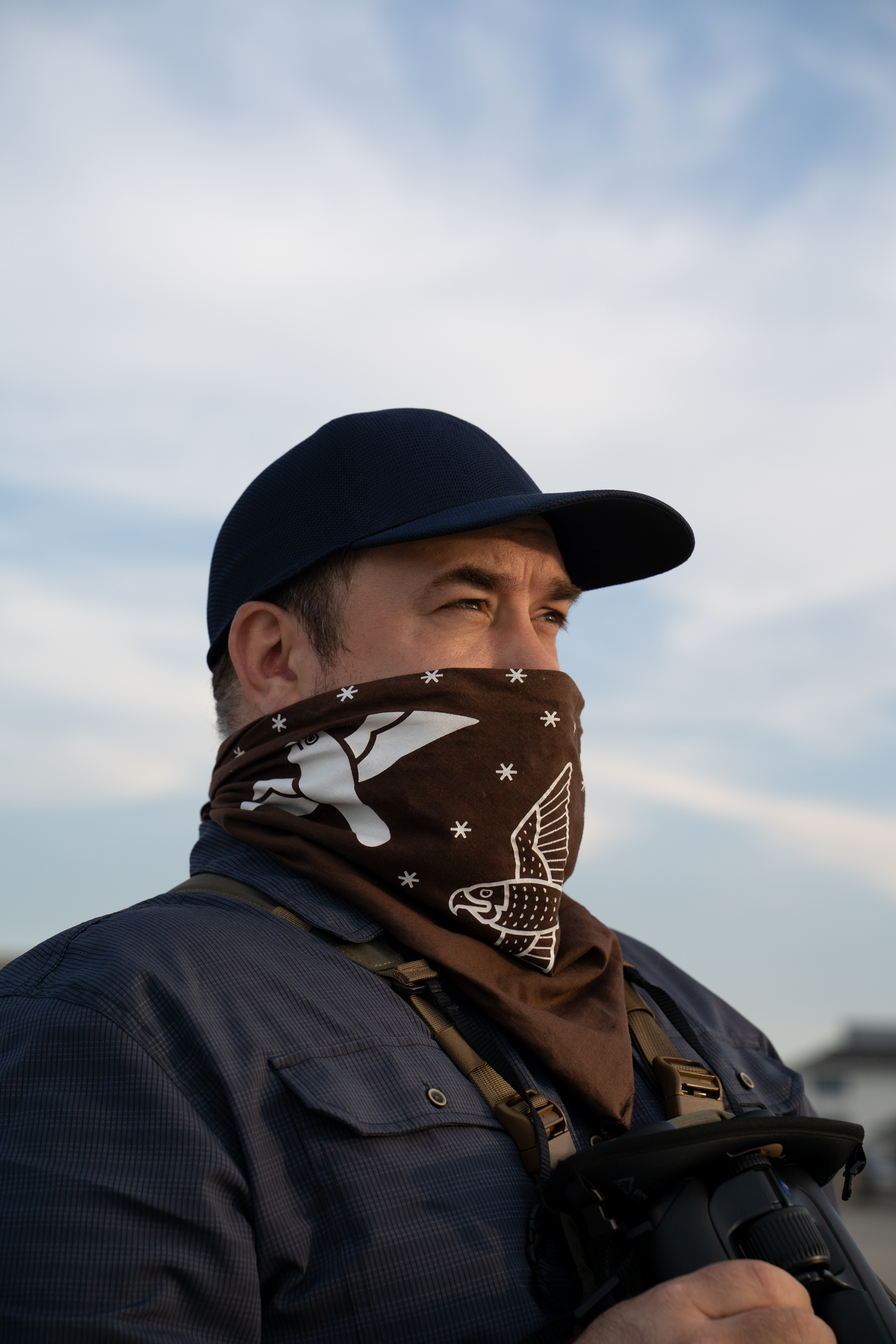
During migration season Brian climbs Mt. Watatic, a small mountain in north-central Massachusetts, day after day often spending 8 hours on the summit. The mountain offers views of the surrounding forest, towns and plenty of vast, open sky, but what sets it apart for Brian, other birders and raptor enthusiasts is that it lies along the “Atlantic Flyway” a migration path followed by raptors, particularly Broad-winged Hawks, as they make their way to South America for winter.
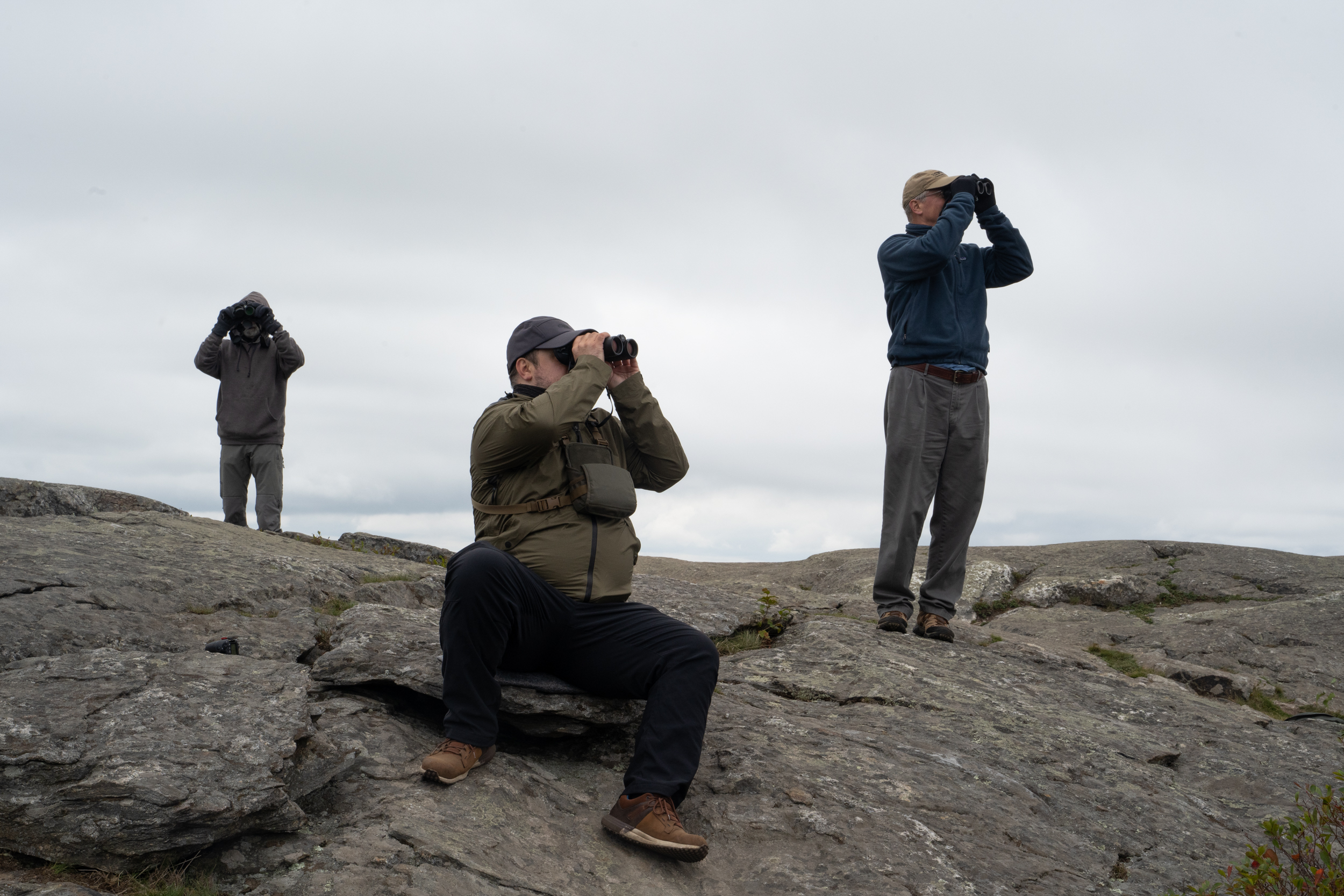
There are days when Brian finds himself alone on Watatic for hours at a time, but these are well worth it to see Broad-winged Hawks migrate. The species forms swirling masses of birds, known as “kettles”, rising ever higher until they catch a thermal and shoot south towards Central and South America, a journey where they will travel approximately 300 miles each day.
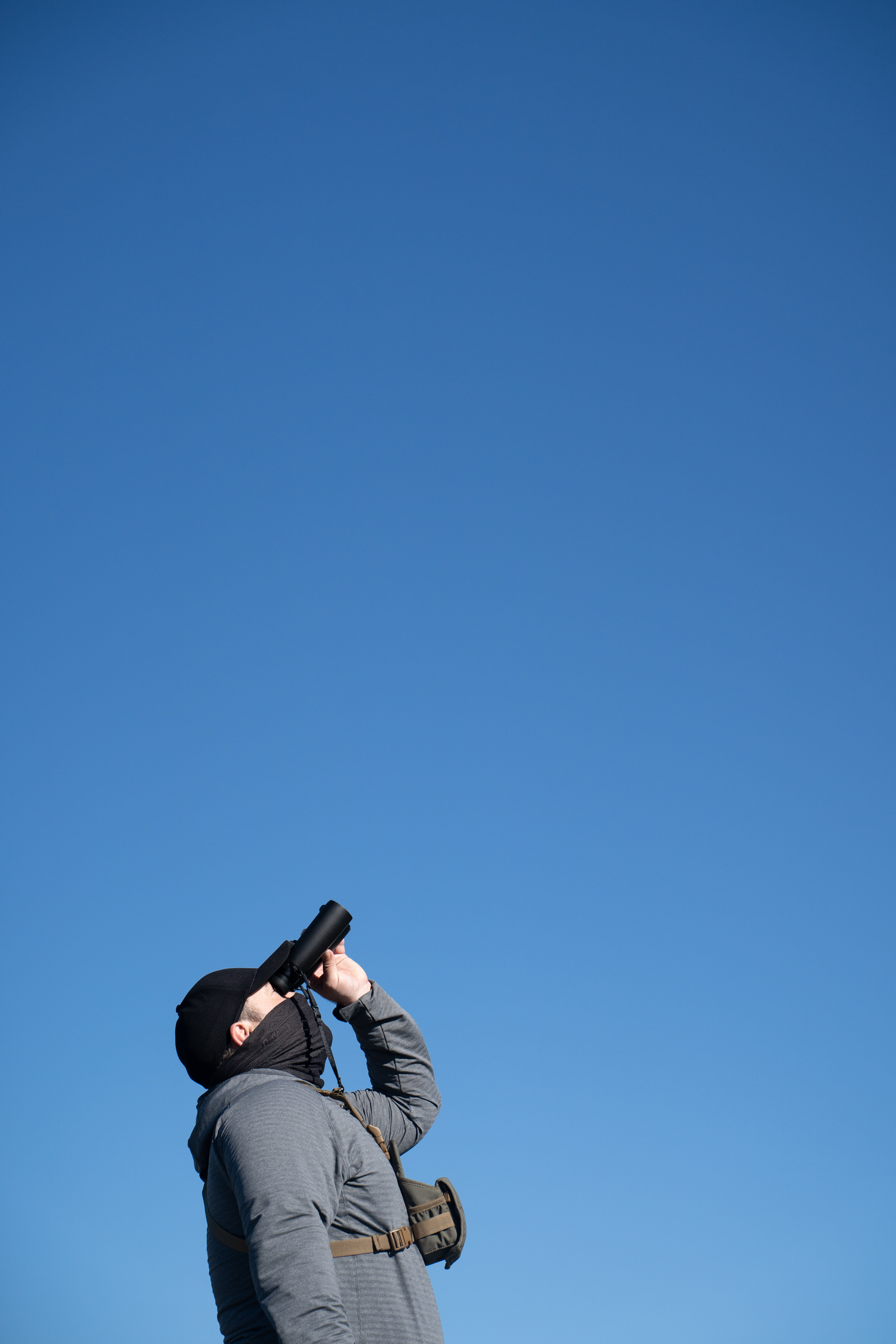
Brian is part of an international network of hawkwatchers, his work is entirely voluntary. His data and that of his counterparts are transcribed online for conservation research and ornithological work.
– Billy Hickey, 2020
